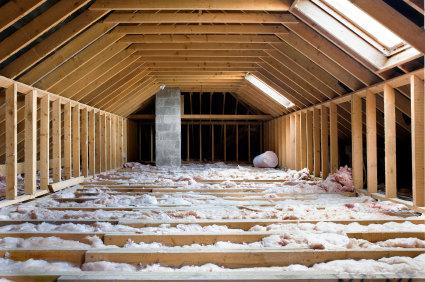Installing Fans In The Attic

If you’re interested in installing a fan in your attic, you’ve come to the right place. This article discusses the basics of buying and installing an attic fan. We’ll also discuss the noise level and the cost of a whole-house fan. If you’re considering installing an attic fan, make sure you have all the facts before you buy and install it.
Cost of installing an attic fan
If you’re planning to install an attic fan on your home, you need to know how much it will cost. The cost will depend on the type of fan that you want, its airflow, and its mounting options. Ceiling-mounted fans are usually more expensive than wall-mounted fans because they require removing the shingles and installing a base.
To get an accurate cost, it’s best to talk with a local electrical inspector. You’ll need to ensure that the unit has the proper wiring and was installed correctly. You may also need to hire a professional roofer, and their rates will range from $45 to $80 per hour.
Buying an attic fan
If you are looking to lower the costs of cooling your home, an attic fan may be a great idea. These fans are available in a variety of different styles, including roof mount and gable mount models. But it can be difficult to choose the right one for your home. Fortunately, a good attic fan comparison table can help you find the right one.
Ensure that you buy an attic fan that fits your roof. While most attic fans come with a manual switch, you can purchase an attic fan that has a thermostat to control the air flow. Some models even come with humidistats. These fans can help keep your attic cool when it is very hot or too dry.
Installation
Installation of fans in attics can be a DIY project, but there are a few things to consider before you do so. First, you need to have an electrical source for the fan. Most attic fans are powered by the home’s electrical supply, but you can also find ones that run on solar power. Some of these fans come with humidistats, which allow you to regulate the humidity in the attic. Some people hire an electrician to handle the entire installation, while others hire a handyman or contractor to complete the task.
Installation of fans in attics will cost anywhere from $75 to $1,000. The cost of an attic fan will vary depending on its power source, but the cost is usually much less than the price of installing a traditional furnace. In addition to bringing fresh air into the attic, installing a fan will increase the efficiency of the HVAC system and allow it to work more efficiently. The temperature of the attic can reach as high as 160 degrees in the summer, so a fan will help keep the temperature down in the living areas.
Noise level of a whole-house fan
The noise level of a whole-house fan can vary, depending on its type and model. A typical household fan can be as loud as 30 decibels, but larger units, such as those found in attics and basements, can reach 70 decibels. For comparison, a whisper sounds like about 10 decibels, and a babbling brook is about twenty decibels louder. For safety, the Environmental Protection Agency recommends avoiding noise levels over 85 decibels.
The noise level of a whole-house fan is very important to determine whether it is suitable for your home. The quietest models, such as the QuietCool, operate at only 40-55 dB, which is less than the noise of some indoor fans. On the other hand, other whole-house fans can be as noisy as 80-90 dB.
Size of a whole-house fan
If you’re in the market for a whole-house fan, you need to make sure you choose the correct size for your home. To determine the proper size, you need to know the square footage of your home and the ceiling height. You can find out these measurements by using a calculator.
Typically, the size of a whole-house fan should be two to three times the square footage of the space it is supposed to cool. Choosing a smaller size will not only result in a poorly functioning fan, but it will also require longer run times and put more strain on the fan’s motor.






























